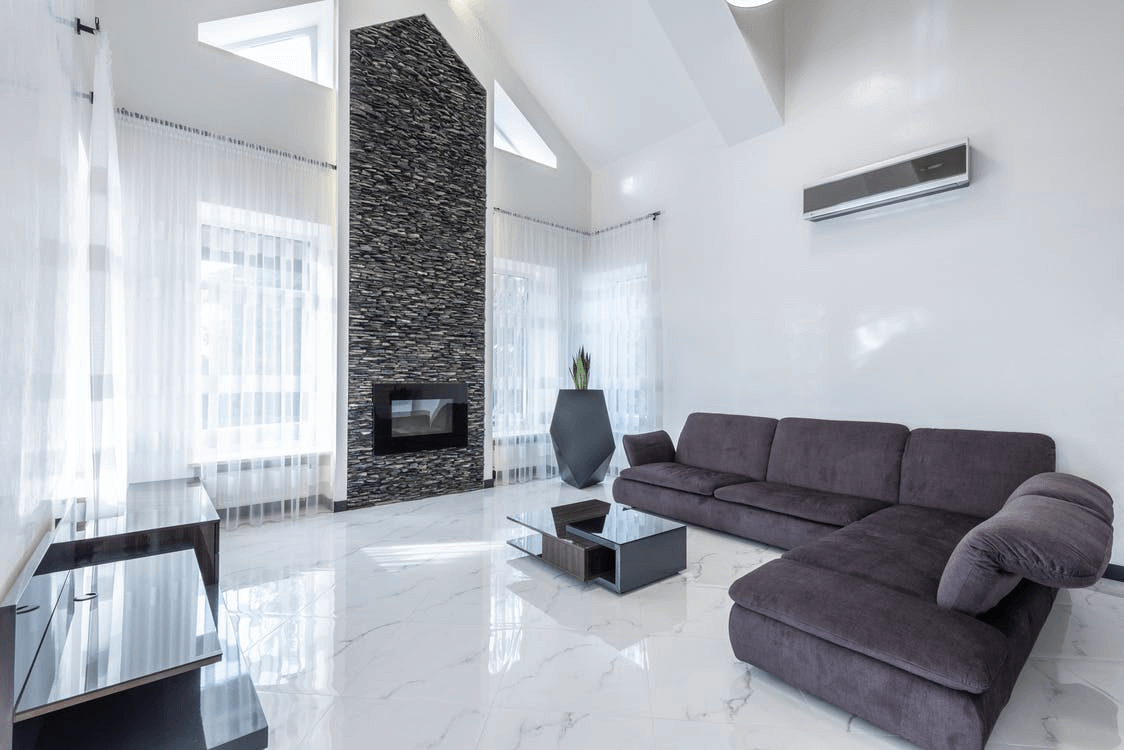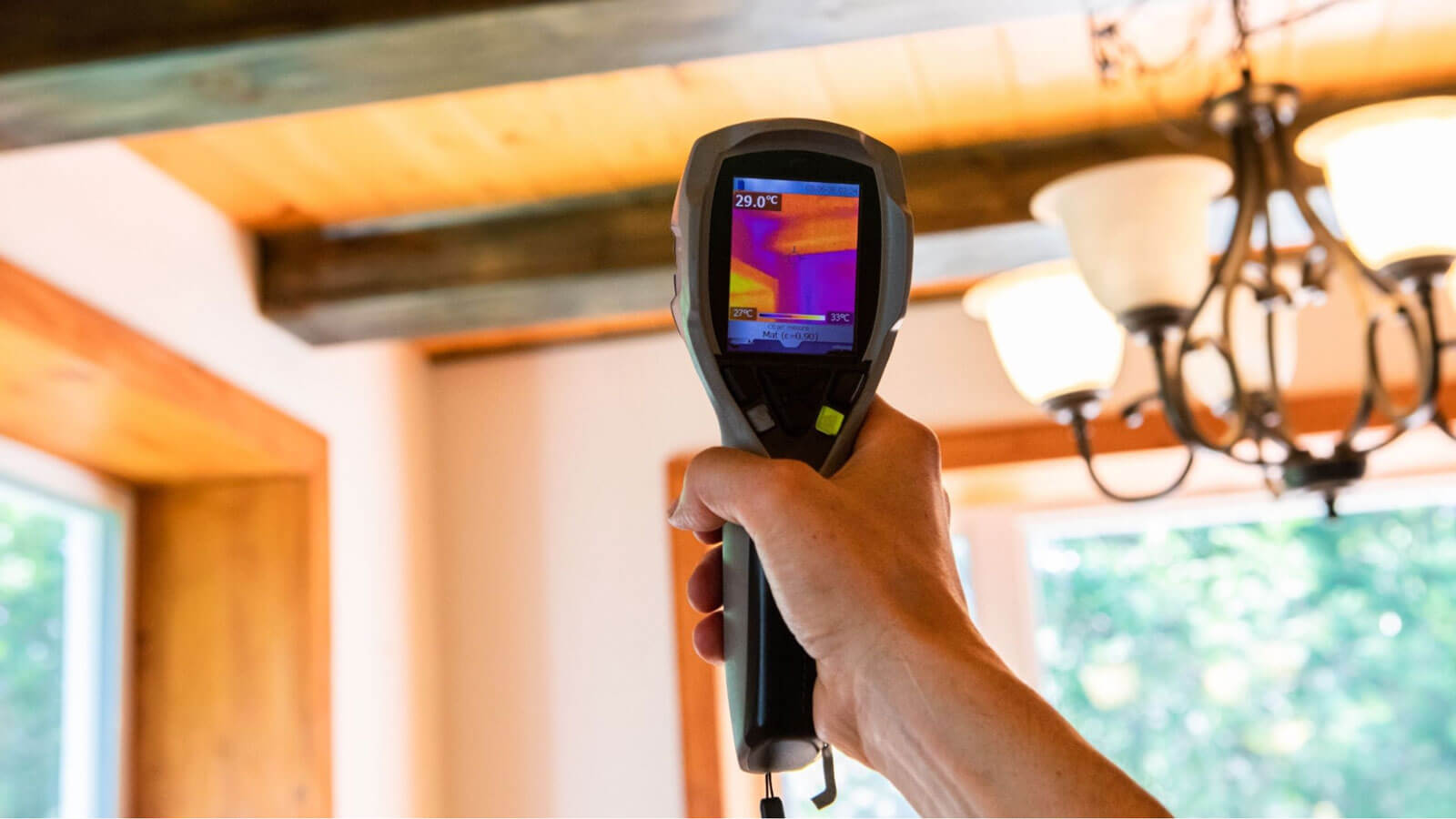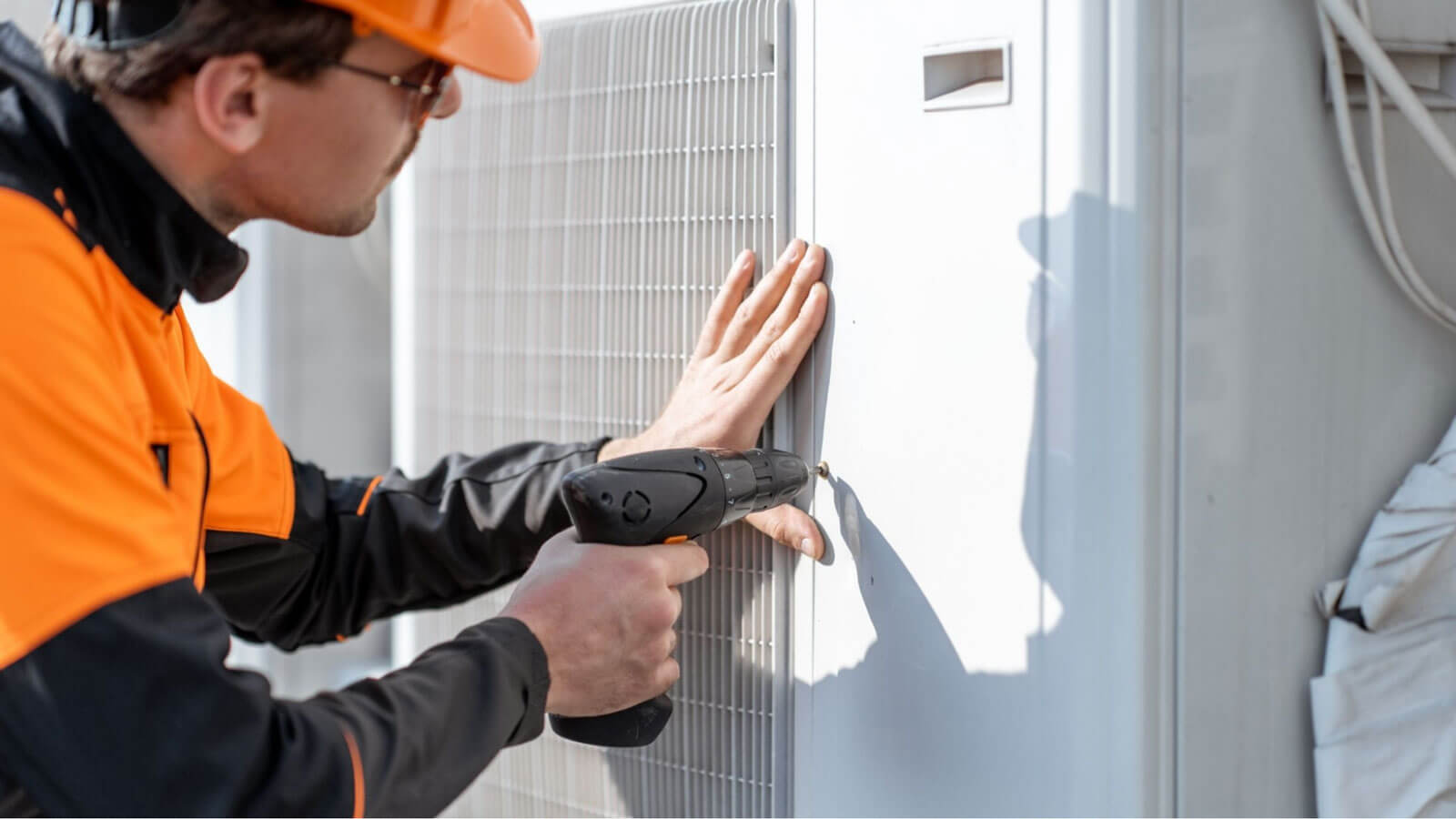How to Improve Indoor Air Quality

The question of how to improve indoor air quality is best answered by learning what causes indoor air to go bad.
This can include the source of your indoor air, the efficiency (or lack thereof) of your ventilation system, and the presence of indoor air pollutants in your home.
Why should you care about indoor air quality?
The quality of your indoor air is important because you spend a lot of time in your home.
In fact, according to the EPA, we spend about 90% of our time indoors. And, since we spend so much time inside, it’s important that the air is clean and healthy.
So how do you keep your indoor air quality clean?
The first step is to check your home for any indoor air quality problems. You can do this by checking the humidity levels and temperature in your home, looking for signs of water damage, and inspecting your ventilation system.

Checking for Indoor Air Humidity
What’s wrong with humid air, and how does it affect the indoor air quality of your home? Too much humidity in the air can cause mold and mildew to grow, and these mold spores can cause asthma attacks, allergy symptoms, and other respiratory problems.
These growths are air pollutants, and while they might not be the worst offenders, they can certainly make your life difficult.
It’s important to keep the humidity levels in your home between 30% and 50%. You can do this by using a dehumidifier or air conditioning. These can improve the air quality drastically.
You can use a hygrometer to measure the relative humidity indoors. This tool won’t tell you if you have poor air quality, but it will measure the amount of water vapor in the air.
In short, it will let you know if you need to reduce air humidity because it is affecting the indoor air quality of your home.
What can you do when your indoor air becomes too humid?
You can use a dehumidifier to remove the excess moisture from the air. Dehumidifiers work by drawing moist air over a cold coil, which causes the water vapor in the air to condense.
The collected condensation will then collect in a container, which you can dispose of.
Air conditioners improve air quality
Another option on your journey of improving poor indoor air quality is to use air conditioning.
AC units work by removing the heat from the air and cooling it down. This will also help to reduce the humidity levels in your home.
Checking for Indoor Air Pollution
Indoor air quality services often check for air pollution inside your home. Other than growth from humidity, there are other potential dangers to your health that come from indoor air pollution.
Sources of indoor air pollution can include the following:
- Combustion appliances, such as gas stoves or furnaces can release carcinogens into the air, increasing your home’s indoor air pollution.
- Building materials and furnishings that have indoor air pollutants like asbestos, formaldehyde, and lead. This is especially true for older houses, and can severely lower the indoor air quality of any interior space.
- Biological pollutants, such as pet dander, dust mites, cockroaches. These can produce allergens, which can trigger or exacerbate any underlying respiratory conditions, resulting in poor indoor air quality.
- Air fresheners and cleaning products can also be a source of indoor air pollution. They contain plenty of potentially harmful chemicals and can be one of the biggest air pollutants in your home.
If you are concerned about the quality of the air in your home, you should consider having an indoor air quality test done. This will help to determine the sources of air pollution in your home and what can be done to address them.
Checking for Indoor Air Temperature
The best way to check for the indoor air temperature is a no-brainer: just use a thermometer, or check out the thermostat.
You can also control it with an air conditioner. But can air temperature actually affect the quality of indoor air?
Yes, it can. Studies have shown that air temperatures that are too cold or too hot can cause respiratory problems. It’s important to keep the air temperature in your home between 68° and 72° degrees Fahrenheit.
Improve indoor air quality by improving temperature
Improving indoor air quality in terms of temperature means keeping the temperature in your home within a comfortable threshold: not too cold and not too hot.
What can you do when the air temperature in your home is not comfortable? You can use a programmable thermostat to adjust the air temperature in your home.
If you don’t have one yet, or if you think your HVAC system needs to be updated because your indoor air quality seems to be suffering, then getting in touch with an HVAC service provider might be warranted.

Do you need to upgrade your HVAC system?
How can you tell if you need to upgrade your HVAC system? It depends.
Older homes tend to have older HVAC systems that result in poor air quality. These systems might malfunction more often, and might not be able to cool or heat your home as efficiently as a newer system could.
These older air conditioning systems might also have dirty or malfunctioning air filters, which can lead to unfiltered outdoor air affecting the air quality inside your home.
While some fresh air is not bad, this might not be ideal if you’re trying to reduce indoor air pollution. If you’re not sure whether or not your HVAC system needs to be upgraded, then it’s best to speak with a professional.
Great HVAC service at the heart of Texas
A good HVAC professional like Benchmark Service High-Performance Air Conditioning knows that only the best equipment will work when you’re trying to figure out how to improve indoor air quality in your home. That’s why they trust Mitsubishi ductless A/C and HVAC units.
If you’re a resident of Dallas-Fort Worth and the nearby areas, give Benchmark Service a call for all of your HVAC-oriented needs.
looking for a quote on ductless A/C?
Benchmark Service is the top Mitsubishi Ductless Contractor in Texas for residential and commercial.